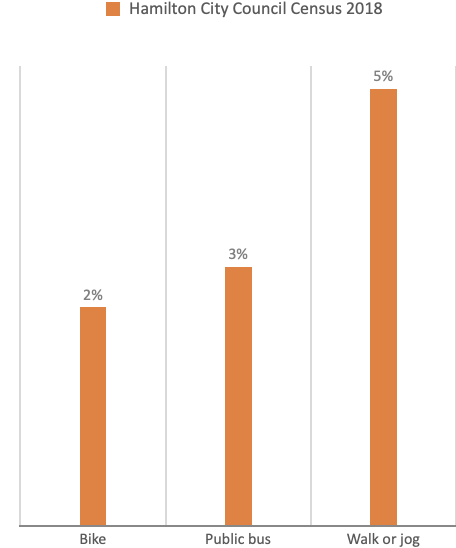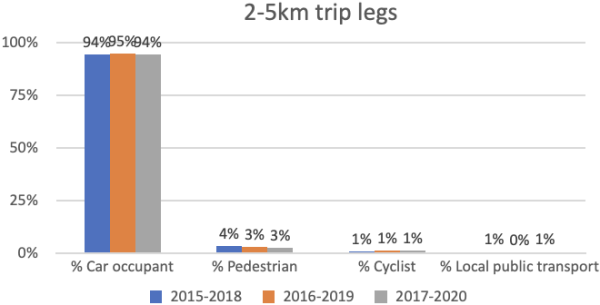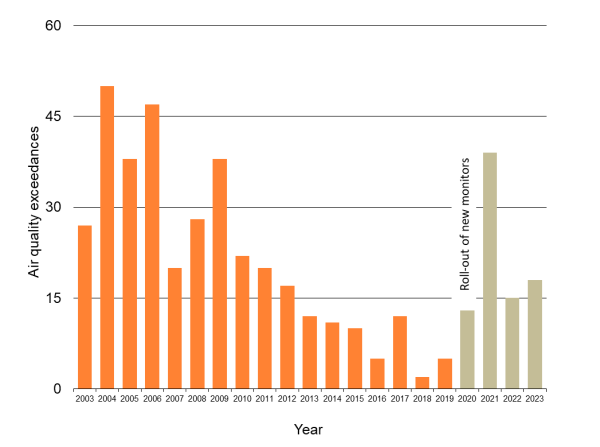Annual Regional Land Transport Plan Monitoring
Waikato Regional Council is currently reporting on the 2021/2022 financial year for the Waikato Regional Transport Plan.
Access and mobility
Headline target
Year on year, trips per capita by public transport and active modes significantly increase while trips per capita by private motor vehicle decreases.
Public transport trips per capita have signficiantly decreased.
Climate change
Headline target
Reduce carbon emissions from the transport sector by a minimum of 30% by 2030 (from 2018/2019 level), on the path to net carbon zero by 2050.
- Waikato Greenhouse Gas (GHG) Inventory has not been published after the 2018/19 Inventory.
- Regional fuel sales is a proxy of carbon emissions*
- COVID spread prevention measures have impacted fuel sales in recent years.

Source: Hamilton City Council finance
* GHG Inventory uses fuel sales data to estimate emissions from transport.
Road safety
A 40% reduction in deaths and serious injuries from 2018 levels by 2030.
- Numbers fluctuate year by year.
- Further monitoring is required to capture changes over time.

Strategic corridors and economic development
Maintain travel time predictability of 88% on key strategic corridors (includes SH1, 29, 2, 3, 5 and 39).
- Travel times were affected by the COVID spread and lockdowns in the recent years.
- Predictability changes year by year and route by route.
- Further monitoring is required to capture changes over time.









